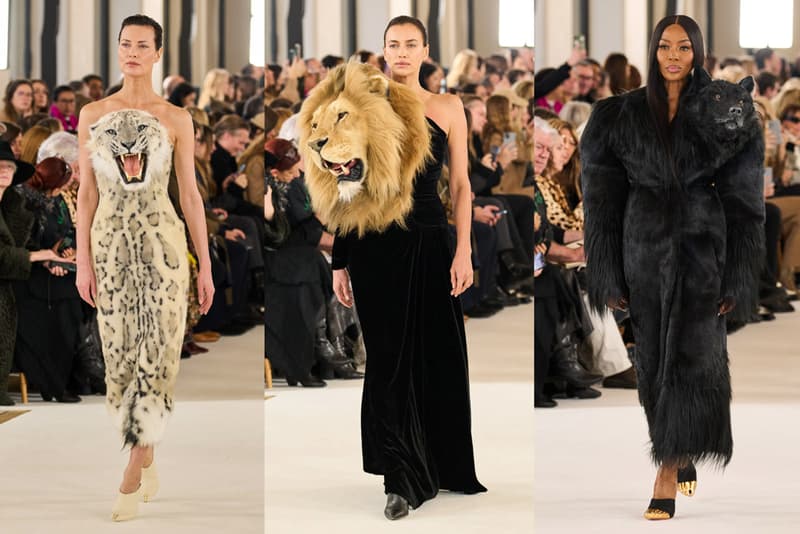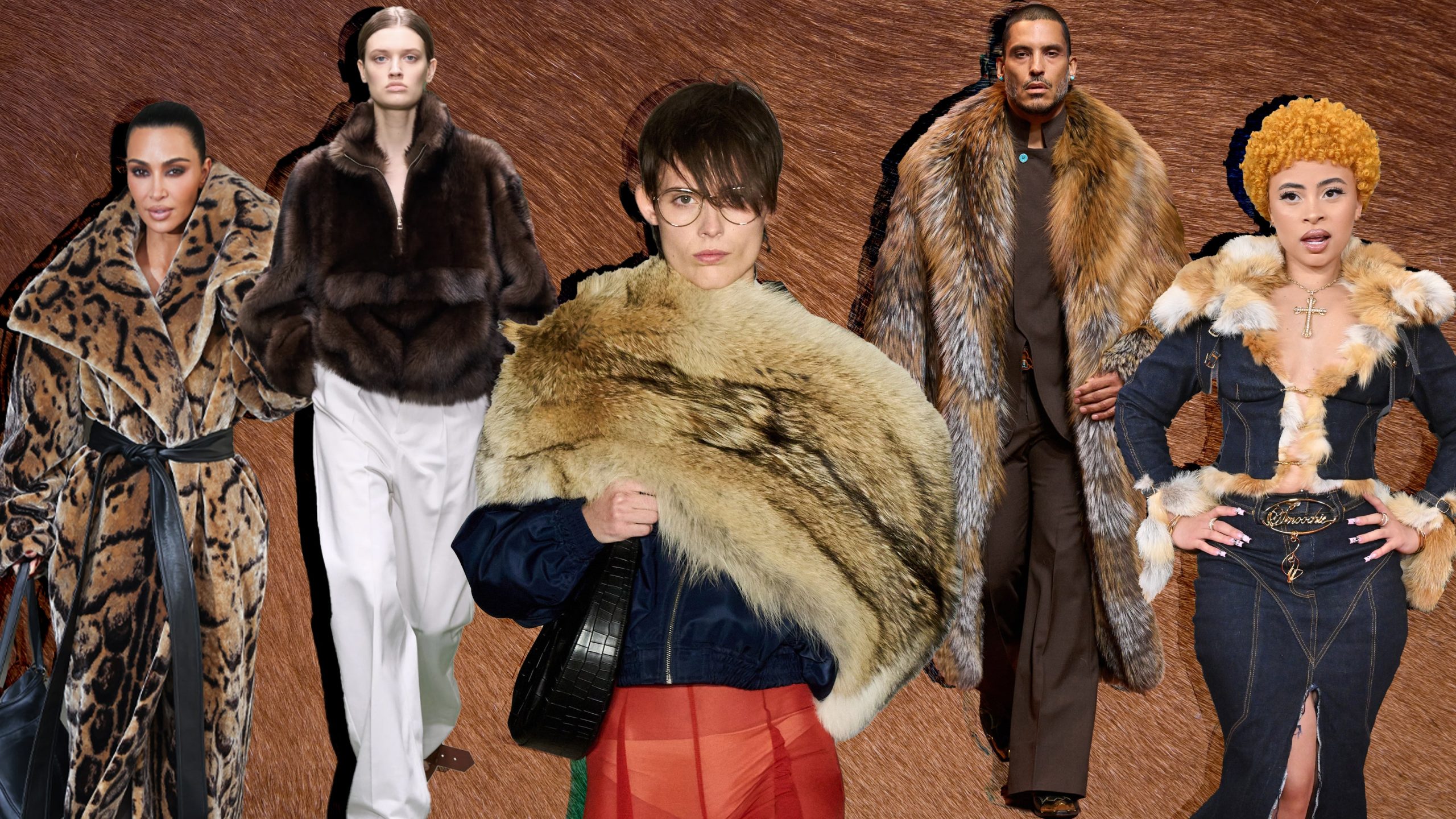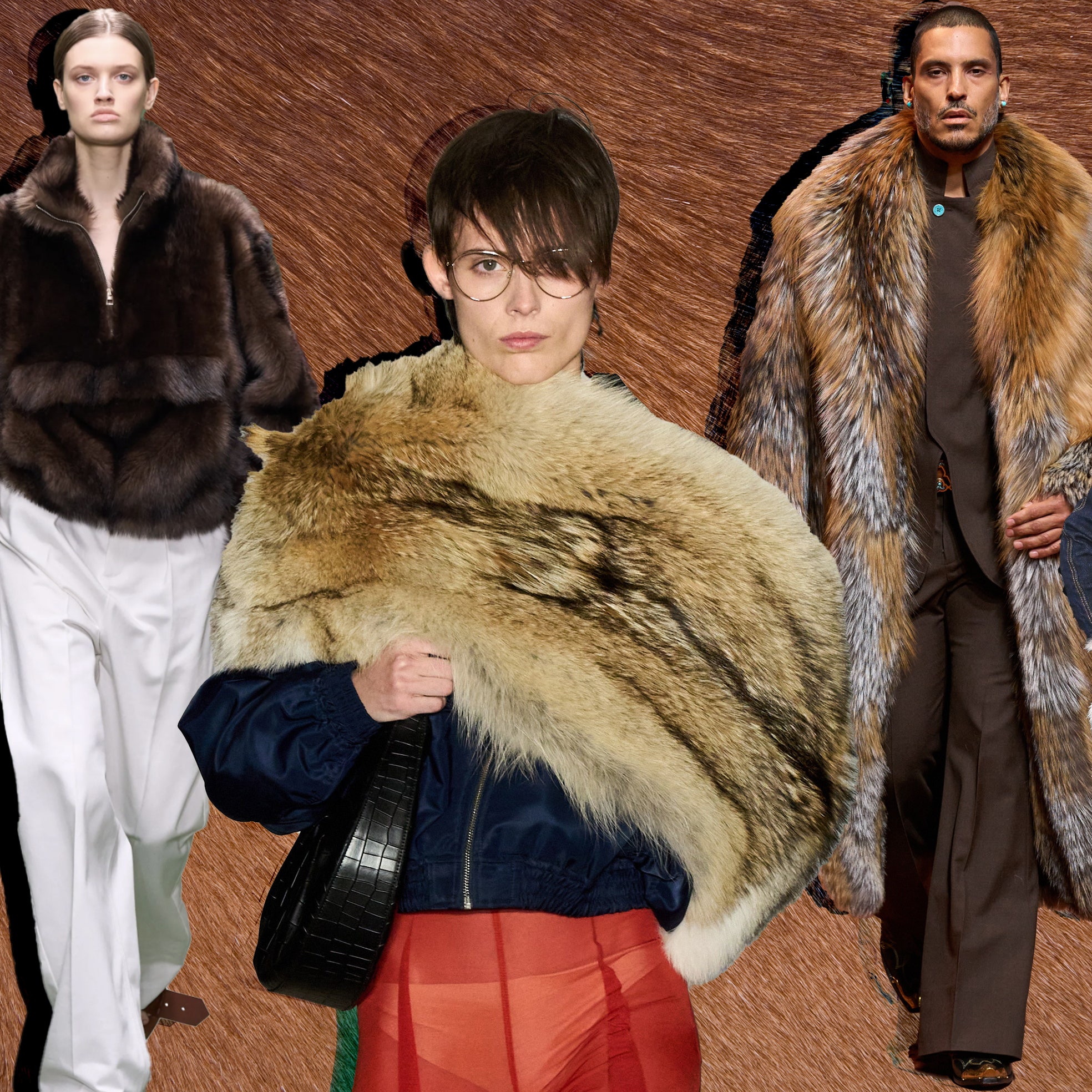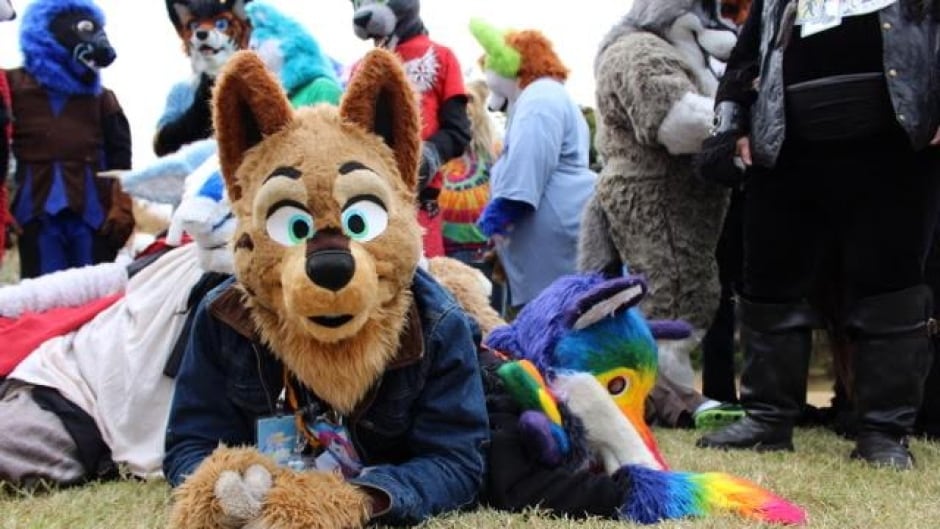Can furry fashion go too far? It’s an intriguing question, isn’t it? Let’s look closer at the many ways fur, both real and faux, infiltrates our lives. From robotic therapy pets to faux fur home décor, our fascination with anything fluffy is profound and pervasive. But what happens when this penchant for plushness crosses the line into excessiveness?

Furry Fashion: A Historical Perspective
Fashion has always had a storied affair with fur. Historically, fur was a symbol of luxury, status, and warmth. Royals and the elite sported lavish fur coats, wraps, and hats.
The Evolution of Fur in Fashion
Over time, the fashion industry evolved. The practical purposes of fur slowly gave way to more aesthetic and symbolic uses. Fur became synonymous with glamour and affluence, featured prominently in high fashion.
Transition to Faux Fur
Thankfully, the ethical implications of using animal fur ushered in the age of faux fur. Designers began to innovate, creating faux fur that looks and feels just as luxurious as the real thing. And this transition isn’t merely a passing trend but rather a statement about our responsibility toward animal welfare and our planet.
Everyday Encounters with Fur
Beyond fashion runways, fur quietly infiltrates various facets of our daily lives. Often, these furry surprises bring comfort, convenience, and sometimes, a bit of frustration.
The Tale of Furry Robots
Ever heard of furry robots? As technology leaps forward, so too does our need for these intricate companions to feel more human-like. Furry robots, covered in soft plush, provide a strange yet comforting blend of technology and nature. Used primarily for therapeutic purposes, they offer companionship and tactile comfort, especially to the elderly and those in need of emotional support.
Furry Home Décor
Home décor has also embraced the cozy allure of fur. Faux fur pillows, throws, and rugs have taken the design world by storm. The tactile pleasure of sinking into a fluffy cushion or draping a throw over your lap has turned these items into must-have pieces in modern homes.
Battling Pet Fur
For pet owners, fur isn’t just a delightful accessory; it’s a daily battle. Pet fur on clothes, couches, and car seats is a common problem. Yet, it also emphasizes our comfort with, and even desire for, furry elements in our lives — even if it comes with a bit of a mess.
| TIP | DESCRIPTION |
|---|---|
| Regular Brushing | Regular grooming of pets can significantly reduce the amount of fur shed. |
| Vacuuming | Using a vacuum cleaner with a pet hair attachment can efficiently remove fur from furniture and carpets. |
| Lint Rollers | Keep a lint roller handy to quickly clean fur off clothing and upholstery. |
| Washing Fabrics | Frequently washing pet bedding and covers can keep the fur situation manageable. |
The World of Furry Fashion
And then, there’s fashion itself. Fur, particularly faux fur, has dramatically evolved, influencing both everyday wear and high-fashion statements.
Everyday Faux Fur
Faux fur is versatile and accessible. It’s not uncommon to see faux fur-lined jackets or cozy faux fur slippers adorning many wardrobes. The allure lies in its softness and warmth without any ethical compromise.
High-Fashion Excesses
High fashion sometimes takes fur to the extreme, showcasing extravagant pieces on the runway. These aren’t just clothes but statements — often pushing boundaries to challenge or reflect societal norms and aesthetics.
Faux Fur: An Ethical Standpoint
With animal rights movements gaining momentum, faux fur has emerged not just as an alternative, but as a preference for many. Its acceptance marks a crucial change in consumer attitudes and fashion industry practices.
| FACT | DESCRIPTION |
|---|---|
| Environmental Impact | Faux fur reduces the environmental impact associated with animal farming and fur processing. |
| Market Shift | Growing demand for faux fur encourages companies to innovate and create more realistic alternatives. |
| Symbolic Change | Choosing faux fur represents a conscious decision toward sustainable and humane fashion choices. |
Fur in Toys and Collectibles
Fur isn’t just for clothing and décor. Toys and collectibles, especially those meant for children or nostalgia-prone adults, often embrace fur as a major component.
Plush Toys
From teddy bears to furry collectibles, these items have long-held popularity. There’s something innately comforting about a fur-covered toy that appeals to people across all age groups.
The Psychology Behind Furry Toys
Why are we so drawn to furry toys? Part of the appeal lies in the tactile pleasure — the act of touching something soft and plush has a relaxing, comforting effect. Psychologically, these toys often serve as emotional anchors, providing a sense of security.

When Fur Crosses the Line
Yet, even something as comforting as fur can go too far. Whether it’s overuse in fashion or an overwhelming presence in your home, there comes a point when our love for fur might need re-evaluation.
The Line Between Comfort and Excess
It’s essential to distinguish between comfort and excess. While a furry cushion might enhance a room, an entire room swathed in faux fur could feel overwhelming.
Controversies in High Fashion
High fashion often pushes boundaries — sometimes, controversially. When does a fur-laden outfit cross from high art into absurdity? This is subjective, certainly, but it’s a conversation worth having.
The Environmental Impact
Even faux fur isn’t without its challenges. Manufacturing processes, synthetic materials, and the environmental cost of production can’t be ignored. The key is balance and making informed choices.
| CONSIDERATION | DESCRIPTION |
|---|---|
| Production Process | Understand how faux fur is made and choose brands committed to sustainable practices. |
| Product Longevity | Opt for high-quality faux fur items that last longer and reduce waste. |
| Ethical Brands | Support brands that prioritize both animal welfare and environmental sustainability. |
Balancing the Love of Fur with Practicality
As we navigate the complexities surrounding furry fashion and fur in our lives, striking a balance becomes crucial.
Mindful Consumption
Start with mindful consumption. Before making a purchase, consider its necessity, origin, and long-term impact.
Sustainable Options
Always opt for sustainable options where possible. Choose high-quality products designed to last, and support brands dedicated to ethical practices.
Practical Considerations
Finally, be practical. Love your furry cushions and coats but keep them in moderation. Balance your comfort with aesthetic sensibility and ethical considerations.

Conclusion
So, can furry fashion go too far? The answer isn’t clear-cut. As with many aspects of life, moderation and mindfulness are key. Embrace what brings you comfort and joy, but always remain aware of the broader implications, be they ethical, environmental, or simply practical. Fur, in all its delightful forms, has a unique place in our world — just ensure it’s a place well-considered and balanced.

